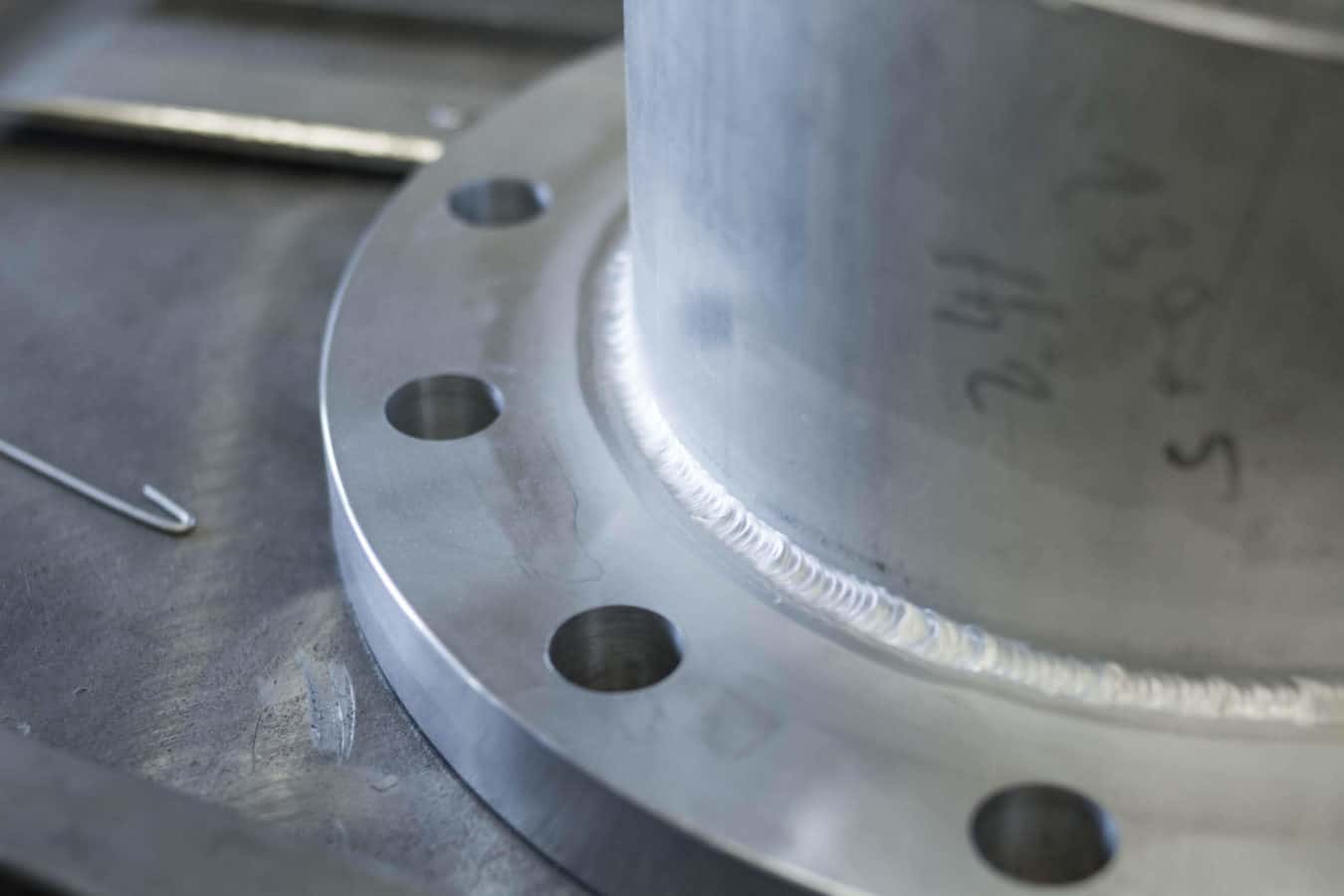

The degreasing consists in the removal of grease or dirt from the surface of the product before subjecting it to any heat treatment or surface finish. The presence of organic molecules can be harmful to the material if a heat treatment is performed; it is possible that carbon is incorporated into the matrix causing aesthetic damage and above all local degradation of the characteristics of the material with consequent decrease in corrosion resistance.
Residues of oils or fats can alter the efficiency of a pickling or electropolishing bath.
Chemical Research has been promoting a campaign for the replacement of traditional chlorinated solvents for several years, avoiding the potential harmfulness of these molecules on certain types of products. In this sense, the Research has resulted in a wide range of products free of fluorinated, nitrated and chlorinated species that is proposed for every need using natural organic acids to guarantee not only degradability but also the low toxicological impact.
Stainless steel can be characterized in some cases by surface oxides deriving from welding, annealing, rust, and polluting slag. Pickling is able to chemically remove and dissolve all the residues present on the surface. The purpose of pickling is both functional and aesthetic. Ricerca Chimica has long since replaced the traditional nitric / hydrofluoric pickling process with the eco-compatible one free of nitric acid in order to reduce pollution and make the operator’s work safer.
Pickling products can be in liquid form (ready-to-use and concentrated) or in gel form to treat even large items.
The attention of Ricerca Chimica towards the environment and towards end users grows every day and takes the form of the study and creation of safer products with less impacting labelling.

A fundamental property of stainless steel is that it is a self-passivating material, that is, capable of forming a passive layer that confers protection from corrosive phenomena that damage the material from an aesthetic and above all functional point of view. The formation of the oxide film is very sensitive to contaminants (metal residues, dirt, dust, etc.) which can compromise homogeneity and resistance, making the technological properties decline.
For this reason, Ricerca Chimica has developed an induced passivation system with suitable products free of nitric acid and hexavalent chromium, therefore less dangerous for the operator who uses them and for the planet.

Electropolishing or “electrochemical polishing” is a treatment that allows you to selectively remove the base metal by anodic dissolution, exploiting the passage of an induced current within an electrochemical system.
The technical operating conditions are established according to the type of material to be polished; generally it operates with temperatures between 45 ° C and 60 ° C with a voltage of 7-16 V.
A viscous film is formed on the surface of the article subjected to anodic current. The surface morphology at the microscopic level is characterized by a series of peaks and valleys which are represented by the roughness parameters. In an electropolishing process, the peaks are eroded faster than the valleys ensuring a lower average roughness.
Under normal conditions the base metal thickness that can be removed is about 20-30 microns; the removal is reproducible under the same operating conditions.
Surfaces treated with electrochemical polishing are already passivated, as described in ASTM B 912 “Standard Specification for Passivation of Stainless Steels Using Electropolishing”.
Electropolishing guarantees a significant improvement in specifications in terms of hygiene and simplicity of decontamination, smoothness and above all corrosion resistance. These characteristics are fundamental in particular sectors of use of stainless steel (pharmaceutical, nautical, synthetic chemical, petrochemical, nuclear, etc.)
Electrochemical polishing eliminates surface tensions without introducing contaminants and new internal tensions.
The electrochemically polished surface with Ricerca Chimica Technology is therefore specular and clean at the macroscopic level, smooth and compact at the microscopic level.
Ricerca Chimica Technology for electrochemical polishing has the following advantages: